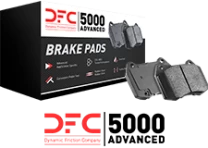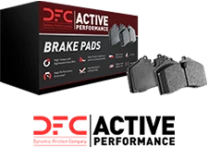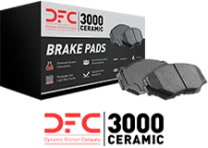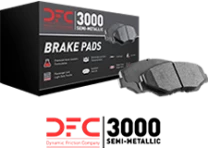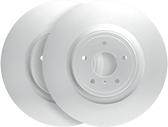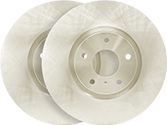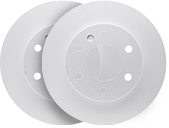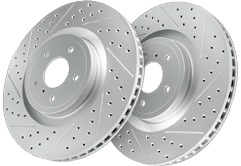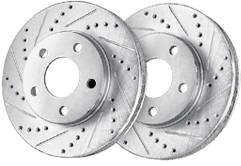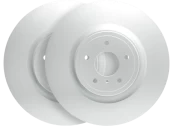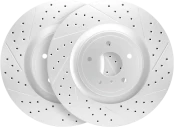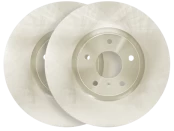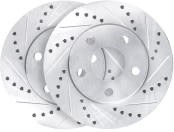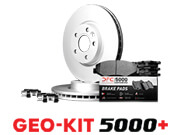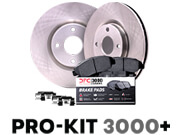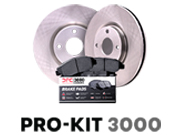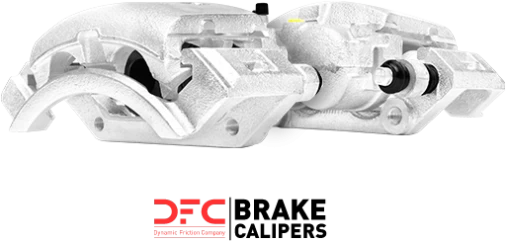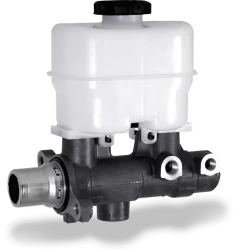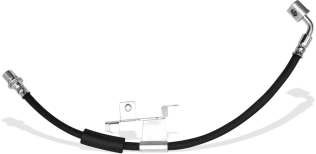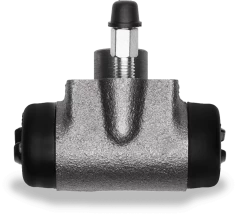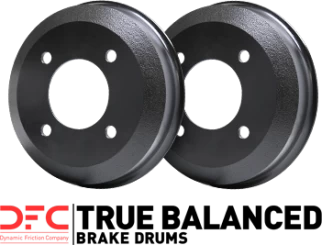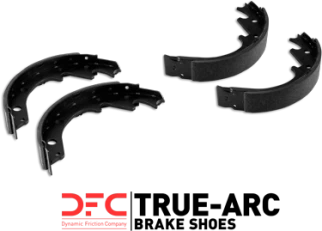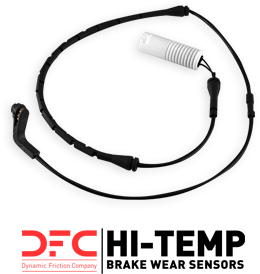
When it comes to brake parts, compatibility and precise fitment are crucial. One small discrepancy in a brake pad or rotor can lead to performance issues, safety risks, and increased wear. That’s where FMSI standards come in. These standards ensure compatibility across all brake system components, emphasizing the importance of each part in maintaining safety and performance.
For auto shop workers, purchasing groups, and warehouse distributors, understanding FMSI (Friction Materials Standards Institute) codes ensures accurate part selection and optimal performance.
1. What Are FMSI Standards?
The Friction Materials Standards Institute (FMSI) was established to create a universal identification system for brake pads, brake shoes, and linings. This system assigns a unique alphanumeric code to each friction material shape and backing plate.
Why Is This Important?
✔ Ensures consistent sizing and shape across manufacturers ✔ Reduces misfit issues between pads and rotors ✔ Standardizes part identification for mechanics and distributors
Each FMSI number is tied to a specific vehicle application, making it easier to match the right brake pad or rotor with the correct braking system. FMSI standards also help in ensuring the correct rotor size for each vehicle application, which is crucial for optimal performance and safety.
2. Brake Component Types and FMSI Standards
The brake system is composed of various components, each playing a crucial role in ensuring safe and efficient braking. Understanding the different types of brake components and their corresponding FMSI (Friction Materials Standards Institute) standards is essential for selecting the right brake parts for your vehicle.
How FMSI Standards Improve Brake Pads Compatibility
Consistent Fitment Across Brands
Without a universal standard, brake pads from different manufacturers might have slight variations in shape, thickness, or mounting points, leading to fitment problems. Consistent fitment is crucial for all brake system components, including the brake pedal, to ensure effective and reliable braking.
FMSI prevents this by ensuring all manufacturers follow the same specifications, making it easier for mechanics and distributors to source and install the correct brake parts.
Eliminates Guesswork in Part Selection
For warehouse distributors and purchasing groups, FMSI numbers streamline inventory management by ensuring each brake part is assigned to the right vehicle applications. This provides a better idea of part compatibility, eliminating guesswork in the selection process.
✔ Reduces returns and exchanges due to incorrect fitment ✔ Helps identify the right parts quickly for large-scale purchasing ✔ Standardizes cross-referencing across multiple brands
FMSI and Brake Rotors Compatibility
While FMSI numbers primarily apply to friction materials, they also play a role in rotor compatibility.
🚗 Pad and rotor misalignment can cause uneven wear, excessive noise, and reduced braking efficiency. 🚗 Using FMSI-matched pads and rotors ensures proper friction contact and heat dissipation.
For example, DFC Premium Brake Rotors are designed using OEM specifications and FMSI-compliant pad shapes, ensuring proper contact and maximum stopping power. These rotors are also engineered to handle extreme heat, preventing warping and cracks during intense driving conditions.
4. The Role of FMSI in OE vs. Aftermarket Brake Parts
FMSI numbers bridge the gap between original equipment (OE) parts and aftermarket brake solutions.
🔧 OE manufacturers rely on FMSI standards to design factory-installed brake components. 🔧 Aftermarket brands, like DFC, use these same codes to create direct-fit replacement parts. Many aftermarket brake pads, including semi-metallic ones, are made from a blend of materials like steel, iron, and copper, offering superior performance in high temperatures. 🔧 This ensures aftermarket brake pads and rotors meet or exceed OEM fitment standards.
For mechanics, this means: No modifications, no guesswork—just perfectly matched brake parts every time.
6. FMSI Standards and Brake Safety
FMSI standards play a critical role in ensuring brake safety by providing a framework for the design, testing, and certification of brake components. By adhering to FMSI standards, brake manufacturers can ensure that their products meet the required safety and performance standards.
5. How to Use FMSI Standards When Selecting Brake Parts
When choosing brake pads or rotors, look for FMSI numbers on: ✅ Manufacturer catalogs✅ Brake pad backing plates✅ Retail and distributor websites
Selecting the right brake pads can also minimize brake dust, as different materials like semi-metallic and ceramic pads generate varying amounts of brake dust.
This eliminates confusion and ensures every brake component fits precisely with its intended application.
Final Thoughts
FMSI standards are the backbone of brake pad and rotor compatibility. By following these guidelines, mechanics, distributors, and purchasing groups can ensure optimal fitment, performance, and safety. Additionally, FMSI-compliant parts are engineered to provide quiet braking, minimizing noise and vibration for a smoother, more comfortable driving experience.
Looking for **FMSI-compliant brake pads and rotors?**DFC offers premium, direct-fit brake solutions that adhere to industry standards for quality, reliability, and performance.

 UNITED STATES
UNITED STATES

